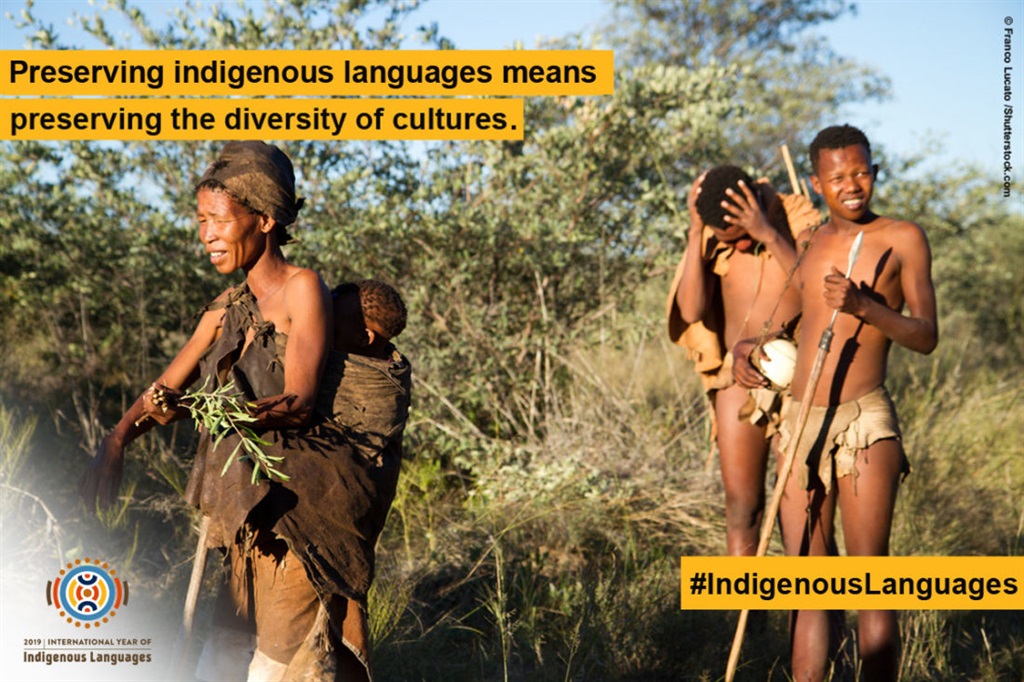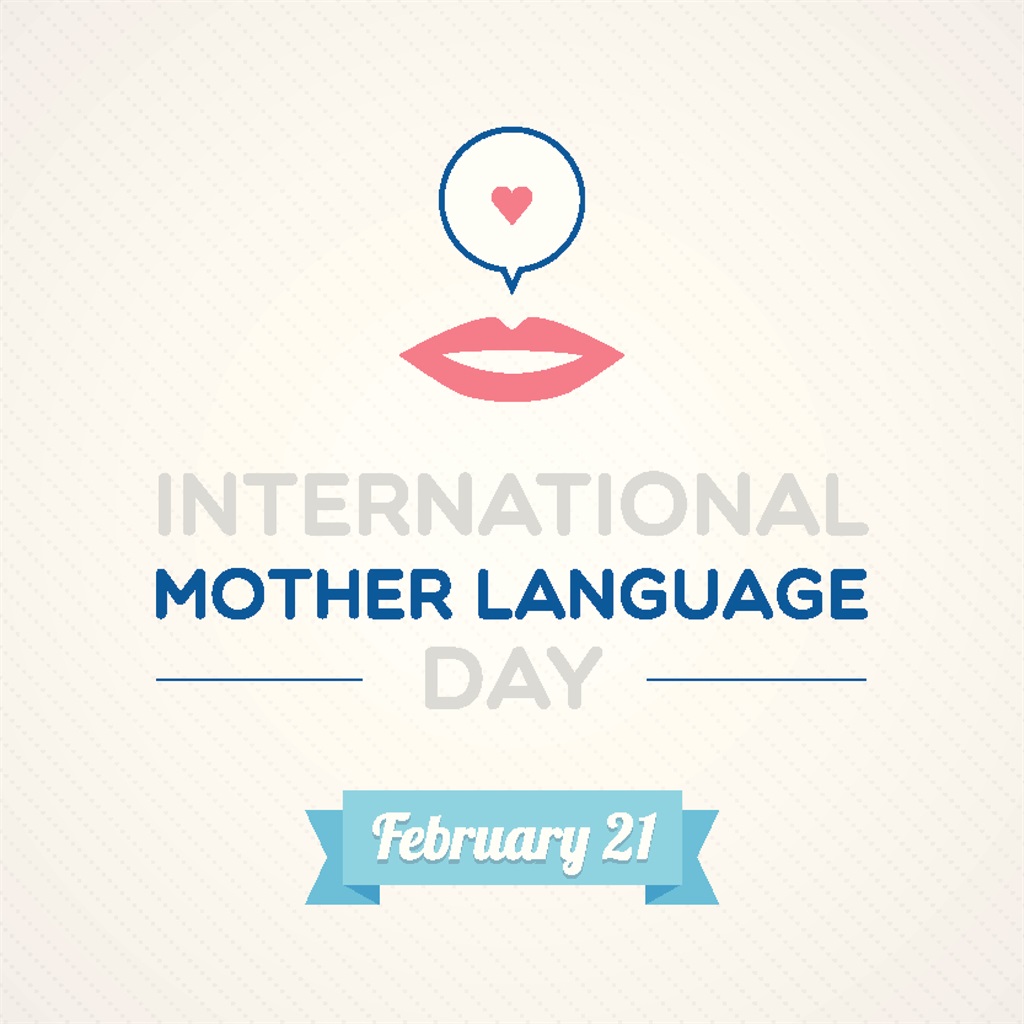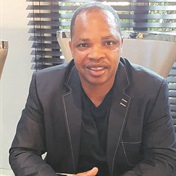
Katrina Esau is one of the last people in the world who still speak N|uu, one of the last dialects of the original language spoken by the San.
Esau, who is in her eighties, has taught the language to a handful of young children, but there are fears that when she dies, the language will die with her.
“Just imagine you are in a country with 55 million people and you only have five or six people to speak to. Are you going to stick to the people you can speak to or are you going to try and speak to everyone else in English or Afrikaans because that’s the reality? That’s what prevents languages from growing and being preserved,” says Ron Martins, chairperson of the SA First People’s Museum.
Martins, who has for many years been advocating for the official recognition of the San people as the first people of the country, says there is a need for more cooperation between government and activists.
According to Unesco, one language disappears every two weeks.
And according to the organisation’s Atlas of the World’s Languages in Danger, 230 languages went extinct between 1950 and 2010.
It doesn’t bode well for a language that is spoken by a handful of people, but granting official recognition to a language also ensures there is some will – and some money – to preserve it.
“If you have status as an official language, it means that you can apply for development, and get money through the various government departments for the development of your language,” says Martins.
He points out that there are languages that have a small number of speakers, such as Tshivenda, which has official recognition, but the San languages are spoken by the so-called coloured community, and still don’t have the official recognition.
“Let’s take a look at the social context and in terms of population percentages, let me use the president’s own language, Tshivenda. It is spoken by 2.2 % of the population but it’s one of the official languages.”
Martins says that the classification of the coloured population in the country has grouped together the Khoi Khoi and San people, and that this amounts to four million people, yet language recognition is not taking place.
“The 2011 census puts those people described as coloured as about 8.9% of the population. So we’re looking at about 4 million in the country. The dominant origin of the coloured people is either Khoi Khoi and San and various mixtures. The other mixtures were given dominance in the description of our people over the years,” he says.
Today is International Mother Language Day, and for the past 20 years, Unesco has been celebrating the day in order to promote mother-tongue learning and language diversity. The theme for this year is indigenous languages matter for development, peace building and reconciliation.
In 2017, a group of Khoisan men, including Chief Khoisan SA and Khoisan activist and ANC member of the provincial legislature Christian Martins walked for more than 18 days from Port Elizabeth in the Eastern Cape to the Union Buildings in Pretoria, where they camped outside the buildings in the hope of meeting with former president Jacob Zuma.
Among their demands were the official recognition of their language and for the San to be officially acknowledged as the first people of South Africa.
Zuma did not meet them personally but a memorandum of demands was handed to then deputy president Cyril Ramaphosa. In December last year, the group once again made their way to Pretoria to wait for news on whether or not the government would take them seriously.
In January the Traditional and Khoisan Leadership Bill was passed by the National Council of Provinces. It was rejected by Khoisan leader Chief Khoisan SA. He said that the bill had failed to talk to their demands and address issues of identity and land claims.
However, the government has implemented some measures through the Pan South African Language Board. These include developing a Khoekhoegowab dictionary.
Khoekhoegowab is the most widely of the Khoi languages which is spoken in South Africa, with around 200 000 speakers recorded in the 2011 census.
Five hundred copies of the dictionary were distributed and a memorandum of understanding was signed by the board with the National Arts Council on development and research on the language and culture of Khoisan communities.
Martins says that government has a responsibility to ensure languages are preserved.
“The government has a responsibility to see that the language does not die. To see that the language stays in a state of preservation within the national context because your official languages are part of the symbolism of your country.”
* February 21 is International Mother Language Day.
| |||||||||||||
| |||||||||||||




 Publications
Publications
 Partners
Partners










